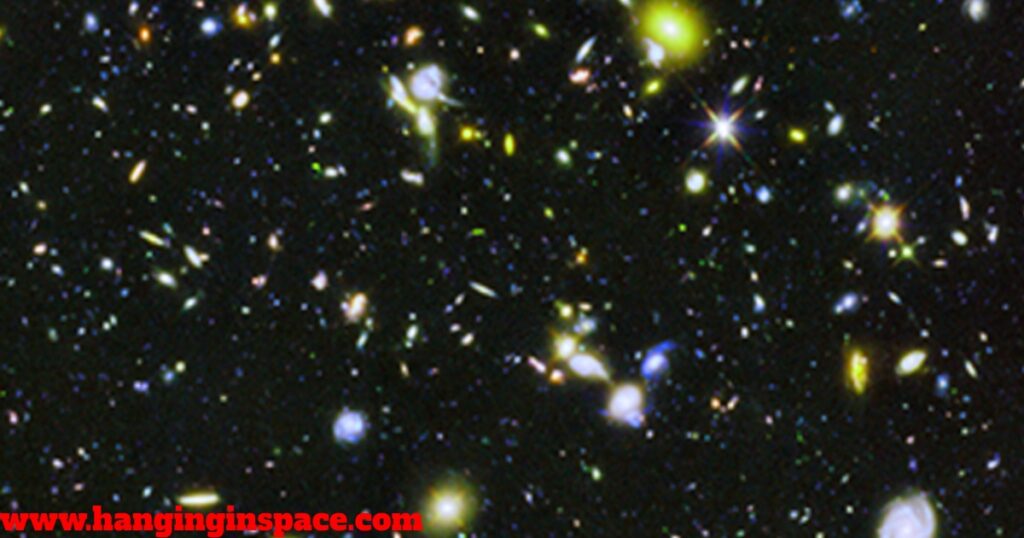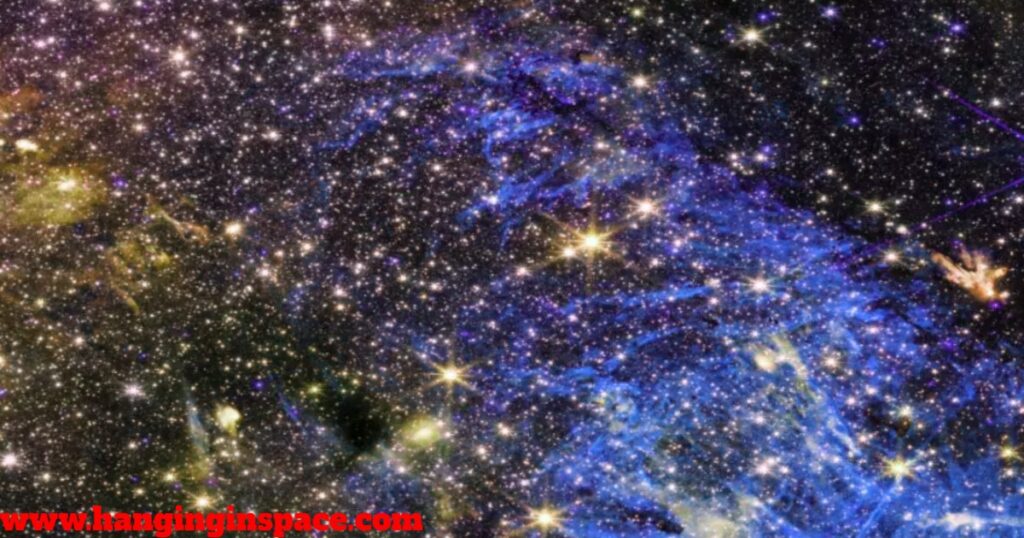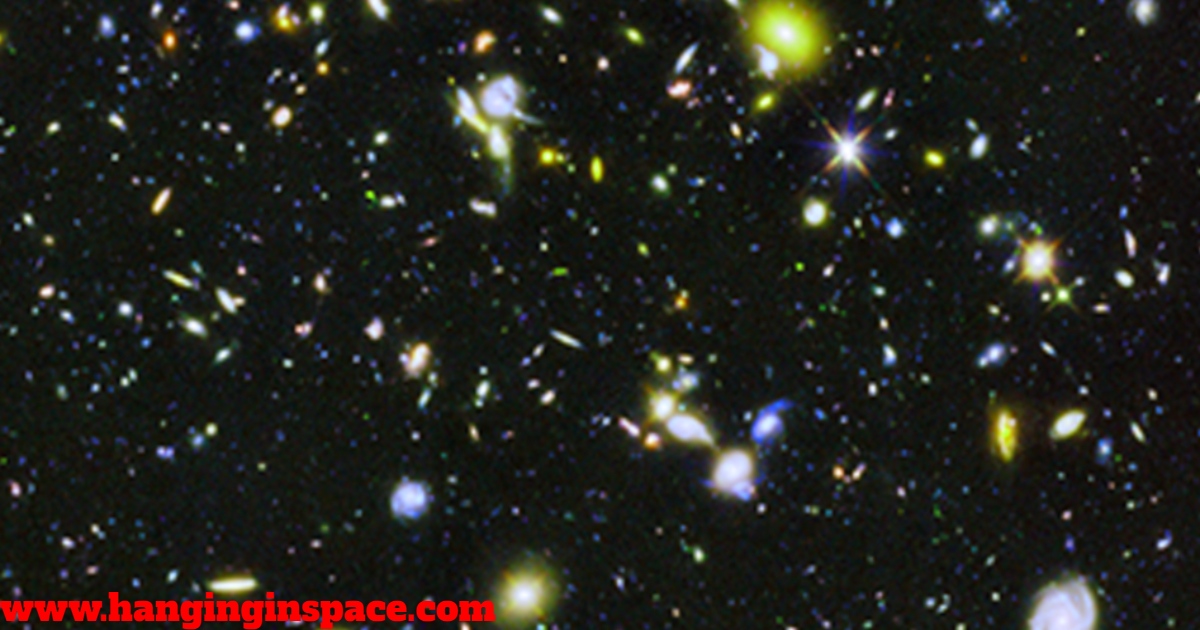The universe is the vast expanse of space that encompasses all matter, energy, galaxies, black holes, stars, planets, and all other celestial objects. It includes everything from subatomic particles to the largest galaxies. It is constantly expanding and evolving, driven by fundamental forces such as gravity, electromagnetism, and nuclear interactions.

The universe is impossibly huge, extending billions of light-years in every direction. It contains billions of galaxies, each of them with billions of stars, and planets, as well as countless other celestial objects. It is expanding, meaning that the distance between galaxies is increasing over time.
The universe is filled with a faint glow of radiation known as cosmic microwave background (CMB) radiation. This radiation is a remnant from the early stages of the universe, shortly after the Big Bang, and provides valuable insights into its early history and evolution.
The universe is organized on large scales into a cosmic web-like structure, with galaxies and galaxy clusters connected by vast filaments of dark matter and gas. This structure is the result of gravitational interactions and the growth of cosmic structures over billions of years.
What is the Observable Universe?
The observable universe refers to the portion of the entire universe that is observable from our Earth by using technology. It is limited by the distance that light has had time to travel since the beginning of the universe, known as the age of the universe.
Since light travels at a finite speed, the farther away an object is from Earth, the longer it takes for its light to reach us. Therefore, we can only observe objects whose light has had enough time to travel to us within the age of the universe. Anything beyond this distance lies beyond the observable universe.
Estimate suggests that the observable universe has a diameter of about 93 billion light-years. This vast expanse contains billions of galaxies, each containing billions of stars, as well as other celestial objects such as nebulae, star clusters, and supermassive black holes. There are approximately 2 trillion galaxies in the observable universe.
There are 100 billion stars in each of the 2 trillion galaxies. Next, a planet like Earth is found in one out of every five stars. Thus, the number of planets the size of Earth might reach 40 billion.
The observable universe is constantly expanding, just like the entire universe itself is expanding. This expansion causes galaxies to move away from each other and increases the size of the observable universe over time. However, the expansion also means that light from distant objects is redshifted, making them harder to observe and eventually shifting them beyond the observable universe.
While we can only observe a finite portion of the universe, astronomers use various tools and techniques to study the observable universe and gather insights into its structure, composition, and evolution.
These observations help us better understand the cosmos and our place within it. The Cosmic Microwave Background (CMB), or equally distributed electromagnetic radiation from the Big Bang, is located at the furthest reaches of the observable universe.
What is the Age of the Universe by CMB?

The age of the universe can be estimated using observations of the cosmic microwave background (CMB) radiation, which is the afterglow of the Big Bang. The CMB is a faint glow of radiation that fills the universe and provides valuable insights into its early history and evolution.
By studying the properties of the CMB, such as its temperature and distribution of fluctuations, scientists can infer the age of the universe. One of the most widely accepted models for the universe’s evolution is the Lambda Cold Dark Matter (ΛCDM) model, which incorporates data from the CMB as well as other cosmological observations.
According to the ΛCDM model, the age of the universe is approximately 13.8 billion years. This estimate is based on precise measurements of the CMB made by instruments such as the Planck satellite and ground-based observatories. These observations allow astronomers to trace the expansion of the universe backward in time and determine when the Big Bang occurred.
Universe’s Formation:
According to a popular theory known as the Big Bang theory, the universe began with a spectacular event known as the Big Bang. Approximately 13.8 billion years ago, the universe existed in an incredibly hot, dense state.
In a fraction of a second, it rapidly inflated and expanded, giving rise to the fundamental particles and forces that would shape everything that followed. Over time, the universe cooled and continued to expand, allowing for the formation of the first subatomic particles, then atoms, and eventually the building blocks for stars and galaxies.
Beyond the Big Bang:

The Big Bang Theory offers us an excellent framework to understand how our universe was formed, yet many questions about its origin remain unresolved. One such mystery involves dark matter, which scientists speculate accounts for most of its energy output as well as mass. Furthermore, current scientific knowledge does not allow for understanding how or when the Big Bang occurred.
Conclusion:
As we discover new mysteries of the universe with new technologies and experiments, our understanding is expanding rapidly. New mysteries about the Big Bang or understanding dark matter and energy relations could emerge. Its vastness and complexity compel us to discover, explore, and continue doing just that until there’s nothing else left for us to explore or uncover.
